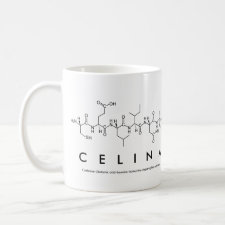
Authors: Wierzbicka C, Torsetnes SB, Jensen ON, Shinde S, Sellergren B
Article Title: Hierarchically templated beads with tailored pore structure for phosphopeptide capture and phosphoproteomics.
Publication date: 2017
Journal: RSC Advances
Volume: 7
Issue: (28)
Page numbers: 17154-17163.
DOI: 10.1039/C7RA00385D
Alternative URL: https://www.researchgate.net/publication/314761189_Hierarchically_templated_beads_with_tailored_pore_structure_for_phosphopeptide_capture_and_phosphoproteomics
Abstract: Two templating approaches to produce imprinted phosphotyrosine capture beads with a controllable pore structure are reported and compared with respect to their ability to enrich phosphopeptides from a tryptic peptide mixture. The beads were prepared by the polymerization of urea-based host monomers and crosslinkers inside the pores of macroporous silica beads with both free and immobilized template. In the final step the silica was removed by fluoride etching resulting in mesoporous polymer replicas with narrow pore size distributions, pore diameters ~10 nm and surface area > 260 m2 g-1. The beads displayed pronounced phosphotyrosine affinity and selectivity in binding tests using model peptides in acetonitrile rich solutions with a performance surpassing solution polymerized bulk imprinted materials. Tests of the beads for the enrichment of phosphopeptides from tryptic digests of twelve proteins revealed both pY/pS and pY/Y selectivity. This was reflected in a nearly 6-fold increase in the enrichment factor of a 23-mer pY-peptide and pY/pS normalized intensity ratios up to 1.5, when comparing the template mesoporous beads with the bulk materials
Template and target information: phosphotyrosine, phosphopeptides



Join the Society for Molecular Imprinting

New items RSS feed
Sign-up for e-mail updates:
Choose between receiving an occasional newsletter or more frequent e-mail alerts.
Click here to go to the sign-up page.
Is your name elemental or peptidic? Enter your name and find out by clicking either of the buttons below!
Other products you may like:
 MIPdatabase
MIPdatabase









